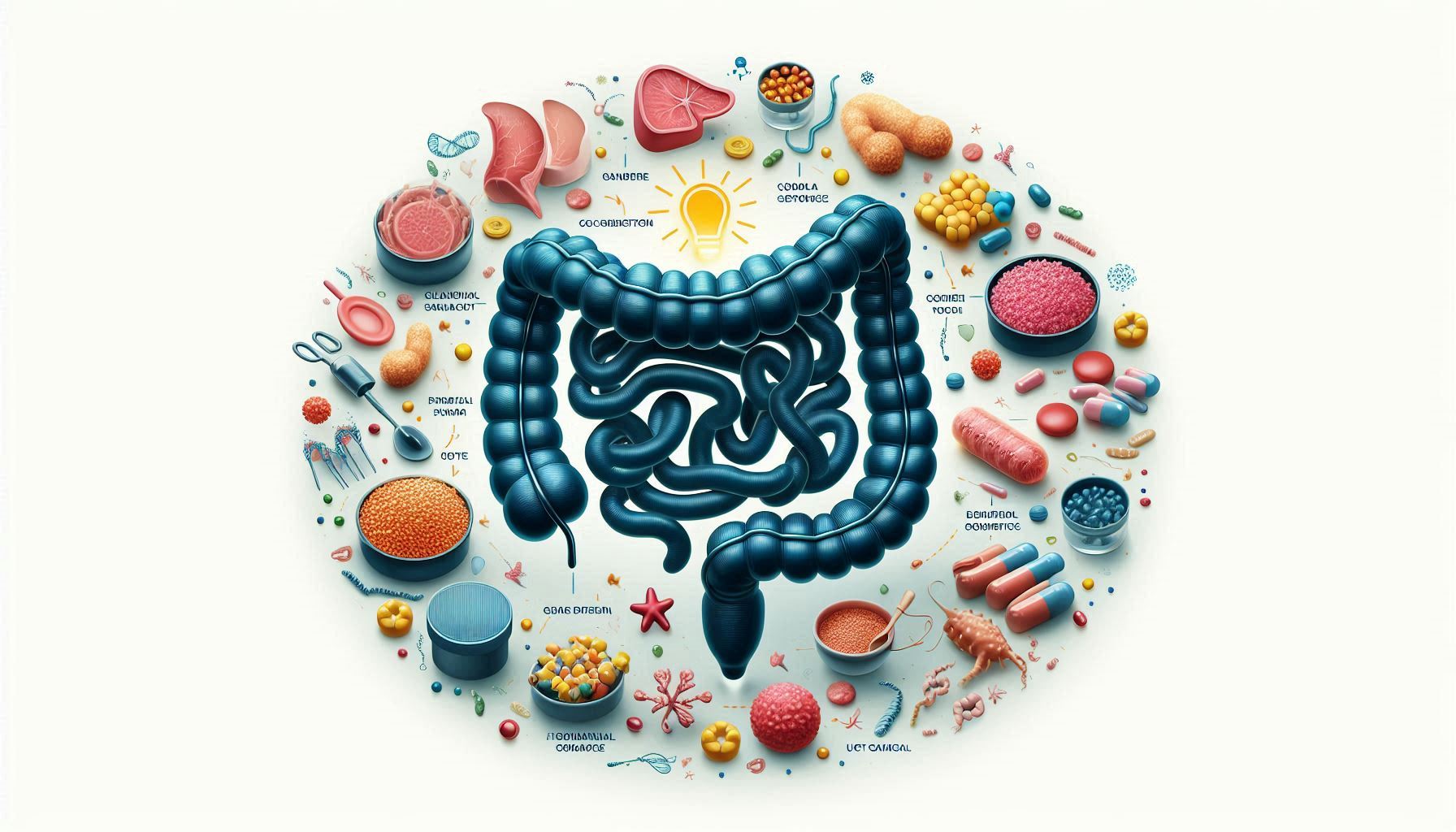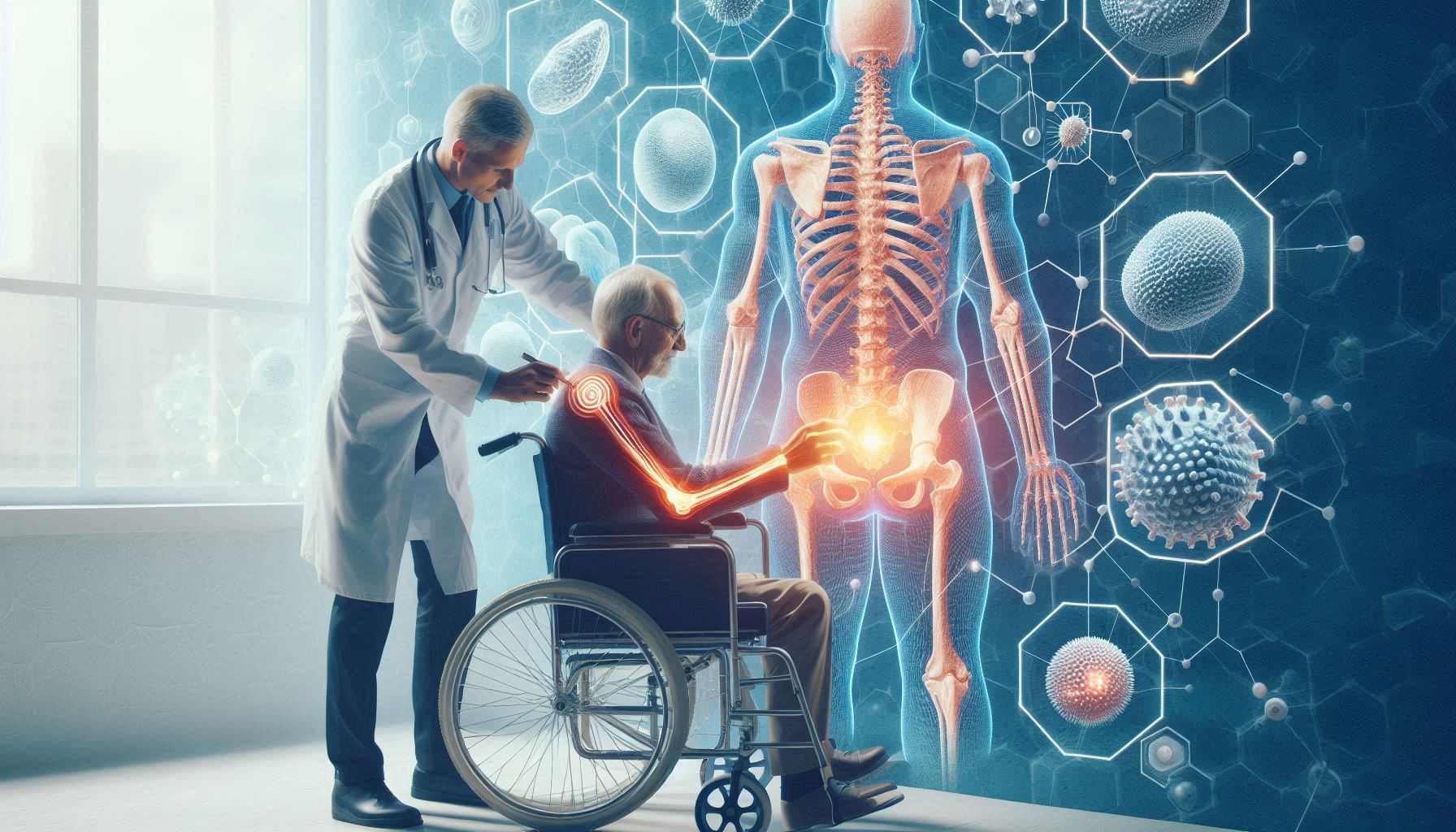Chronic pain is a common issue faced by many elderly individuals, impacting their quality of life and daily activities. Whether it stems from arthritis, neuropathy, or other underlying conditions, managing chronic pain effectively is crucial for maintaining independence and well-being. In this article, we’ll explore various strategies that can help the elderly manage chronic pain and improve their overall quality of life.
1. Understanding Chronic Pain
Chronic pain is defined as pain that persists for longer than three months, often outlasting the initial injury or condition. It can manifest in various forms, including joint pain, muscle aches, and nerve pain. Understanding the nature of chronic pain is essential for developing effective management strategies. The elderly should consult with healthcare providers to identify the underlying causes and tailor a management plan accordingly.
2. Medication Management
For many elderly individuals, medication is a primary tool for managing chronic pain. Over-the-counter pain relievers like paracetamol or nonsteroidal anti-inflammatory drugs (NSAIDs) can provide relief for mild to moderate pain. For more severe pain, healthcare providers may prescribe stronger medications, including opioids. It’s crucial for the elderly to work closely with their healthcare providers to find the right medication and dosage while being mindful of potential side effects and interactions with other medications.
3. Physical Therapy and Exercise
Physical therapy can be a valuable resource for the elderly dealing with chronic pain. A physical therapist can design a personalized exercise program that focuses on strengthening muscles, improving flexibility, and enhancing mobility. Regular physical activity can help reduce pain levels, improve function, and promote overall health. Low-impact exercises such as walking, swimming, or yoga can be particularly beneficial for the elderly, as they are easier on the joints while still providing significant health benefits.
4. Mind-Body Techniques
Mind-body techniques can play a significant role in managing chronic pain. Practices such as meditation, deep breathing exercises, and mindfulness can help the elderly cope with pain by reducing stress and promoting relaxation. These techniques can also improve emotional well-being, which is often affected by chronic pain. Incorporating activities like tai chi or gentle yoga can further enhance the mind-body connection, providing both physical and mental relief.
5. Alternative Therapies
Many elderly individuals find relief from chronic pain through alternative therapies. Homoeopathy, Acupuncture, chiropractic care, and massage therapy can provide additional pain relief and improve overall well-being. These therapies can complement traditional medical treatments and offer a holistic approach to pain management. It’s essential for the elderly to discuss these options with their healthcare providers to ensure they are safe and appropriate for their specific conditions.
6. Nutrition and Weight Management
Maintaining a healthy diet and weight can significantly impact chronic pain management. Excess weight can put additional strain on joints, exacerbating pain conditions like arthritis. A balanced diet rich in anti-inflammatory foods—such as fruits, vegetables, whole grains, and healthy fats—can help reduce inflammation and improve overall health. The elderly should consider consulting with a registered dietitian to develop a nutrition plan that supports their pain management goals.
7. Support Systems
Some chronic conditions are a reflection of the poor psychological conditions, having a strong support system can make a significant difference. The elderly should reach out to family, friends, or support groups to share their experiences and feelings. Connecting with others who understand the challenges of chronic pain can provide emotional support and practical advice. Many communities offer support groups specifically for the elderly dealing with chronic pain, providing a safe space for sharing and learning.
Conclusion
Managing chronic pain is a multifaceted process that requires a comprehensive approach. By understanding their pain, utilizing medication wisely, engaging in physical activity, and exploring alternative therapies, the elderly can take control of their pain management journey. With the right strategies and support, it’s possible to improve quality of life and maintain independence despite the challenges of chronic pain. Remember, it’s essential to work closely with healthcare providers to develop a personalized pain management plan that addresses individual needs and preferences!









Leave a Reply